The 10 Point Plan for a Green Industrial Revolution published by the Government in November marks a positive step towards reaching net zero emissions by 2050. It provides a framework to ‘build back better’ and support 250,000 green jobs, 50,000 in the building sector. More detail is to be provided in further papers, including the Heat and Building Strategy later this year.
From a residential and development perspective it will mean that more existing homes can be upgraded and new developments will need to include suitable walking and cycling routes, electric car changing points and low carbon heating systems. With greater emphasis on biodiversity and more AONBs and national parks, planning appropriate developments in the right places will be essential.
New homes
The Government seeks to implement the Future Home Standard in the shortest possible timeline according to the plan. New homes will need to be more energy efficient, producing 75-80 per cent lower CO2 emissions than existing standards. Currently the median CO2 emissions rating of new build homes is 1.4 tonnes per year with half of all homes emissions ranging between 1.1 and 1.8 tonnes per year. This is already significantly better than second hand homes where CO2 emissions average 4.1 tonnes per year, but still have a way to go to achieving reduced emissions.
As part of the plan, the ambition is to install 600,000 heat pumps a year by 2028, double the current new homes delivery target rate at that time. The additional build costs to meet these standards have been factored into the land values for longer-term sites, and are now a greater consideration for shorter-term sites.
On top of scaling up the electric heat pump market, £500 million has been allocated to developing hydrogen technology. The Government aims to pilot a hydrogen town, heated entirely by the fuel by 2030.
This is a great a great step forward but does not account for the carbon footprint over the whole life cycle of the building from construction to demolition.
Existing stock
To improve existing homes, £1 billion has been allocated to extend current schemes including the Green Homes Grant, Homes Upgrade Grant and Social Housing Decarbonisation Fund. In addition, the Government plans to support the green homes finance market.
These initiatives are anticipated to improve the energy efficiency of 2.8 million homes. Of these, 1.5 million homes could reach EPC C by 2030, this is equivalent to 9 per cent of existing stock at EPC D or below in England[1]. The lending sector is already looking to be greener. There are currently eight green home mortgage products available from mainstream lenders, with other lenders planning to launch additional products into the market soon.
Transport
As part of the 10 Point Plan, the Government has committed to banning the sale of new petrol and diesel cars and vans from 2030 and plans to invest over £2.8 billion in the development of electric vehicles. With increasing reliance on electric vehicles, new developments will need to provide sufficient charging points to be able to meet future demand.
There is also a greater emphasis on cycling and walking, with over 1,000 miles of safe routes to be delivered and an expected 1.6 billion cycle journeys a year (double 2013 levels) by 2025. New developments will need to be planned to include sufficient walking and cycling routes to meet this objective.
Planning
With a greater emphasis on protecting the natural environment, up to 1.5 per cent additional land in England will be designated as AONBs or a national park. Where developments are in early planning in locations within these new areas, a different approach to design, mix and density may be needed to achieve consent.
[1] Savills using English Housing Survey statistics 2018
Futher information
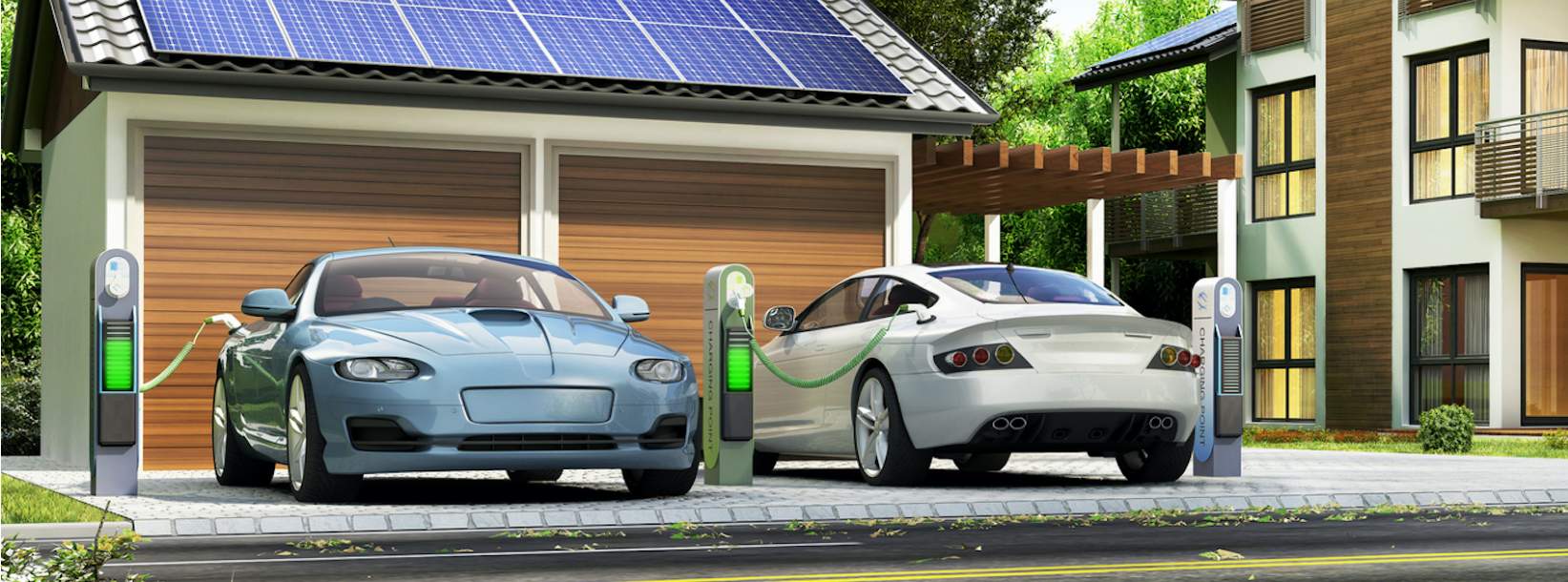
.jpg)


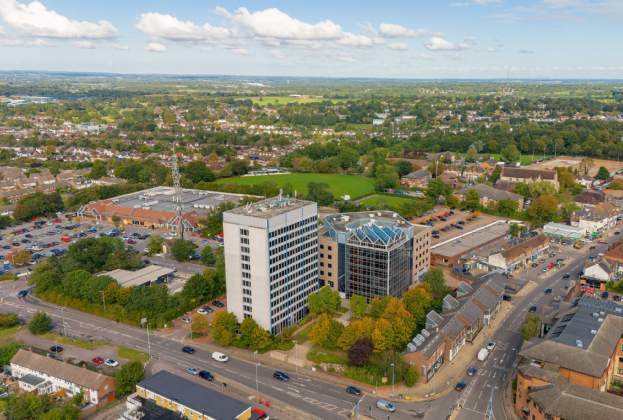
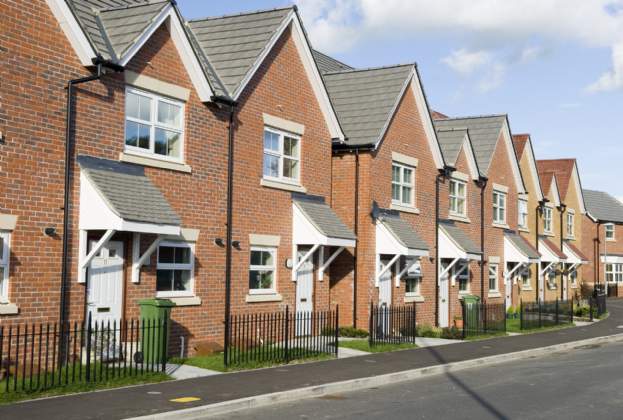
.jpg)
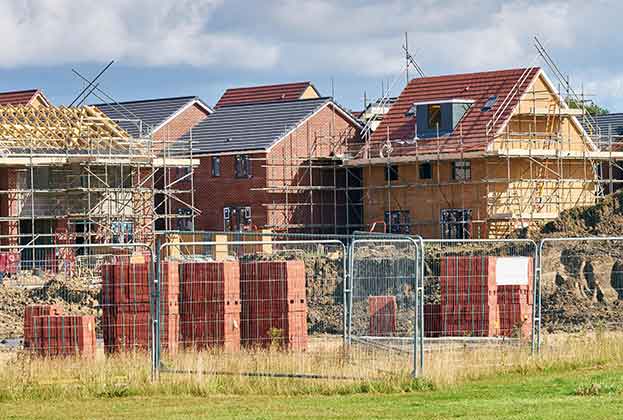
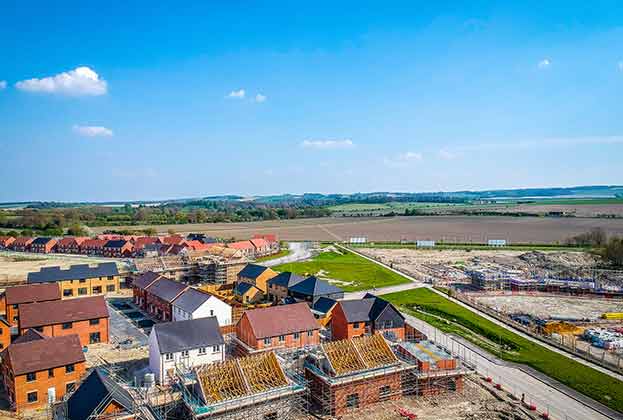
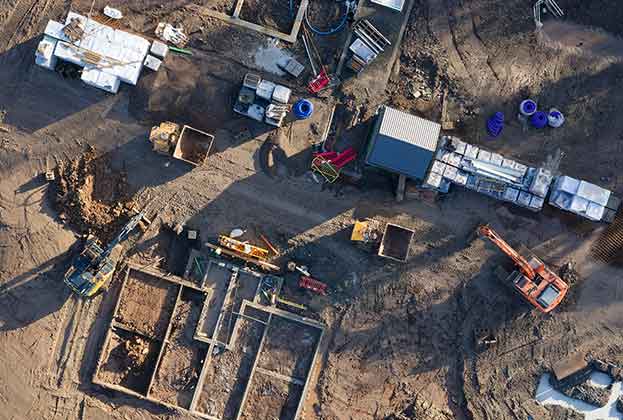
.jpg)